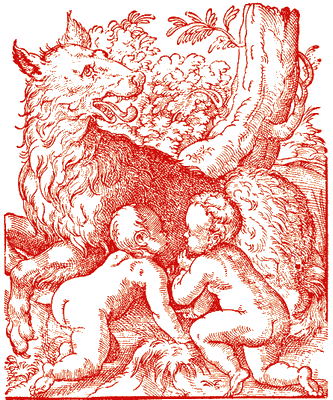|
|
Please note that Mommsen uses the AUC chronology (Ab Urbe Condita), i.e. from the founding of the City of Rome. You can use this reference table to have the B.C. dates
From: The History of Rome, by Theodor Mommsen
Translated with the sanction of the author by William Purdie Dickson

Page 25
It seemed as if the law found a pleasure in presenting on all sides its sharpest spikes, in drawing the most extreme consequences, in forcibly obtruding on the bluntest understanding the tyrannic nature of the idea of right. The poetical form and the genial symbolism, which so pleasingly prevail in the Germanic legal ordinances, were foreign to the Roman; in his law all was clear and precise; no symbol was employed, no institution was superfluous.
It was not cruel; everything necessary was performed without much ceremony, even the punishment of death; that a free man could not be tortured was a primitive maxim of Roman law, to obtain which other peoples have had to struggle for thousands of years. Yet this law was frightful in its inexorable severity, which we cannot suppose to have been very greatly mitigated by humanity in practice, for it was really the law of the people; more terrible than Venetian -piombi- and chambers of torture was that series of living entombments which the poor man saw yawning before him in the debtors' towers of the rich.
But the greatness of Rome was involved in, and was based upon, the fact that the Roman people ordained for itself and endured a system of law, in which the eternal principles of freedom and of subordination, of property and of legal redress, reigned and still at the present day reign unadulterated and unmodified.
Do you see any typos or other mistakes? Please let us know and correct them
|
|
Reference address : https://ellopos.net/elpenor/rome/1-11-law-justice.asp?pg=25